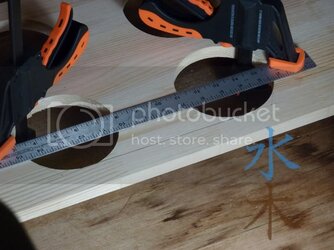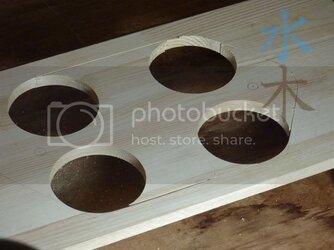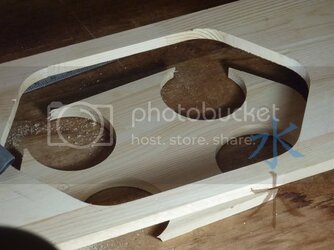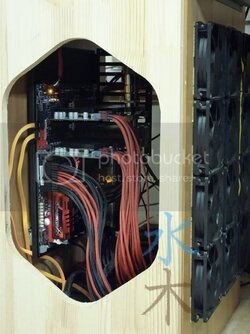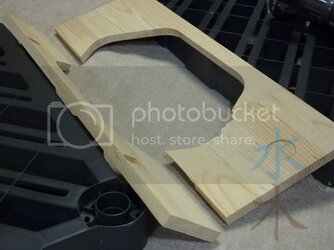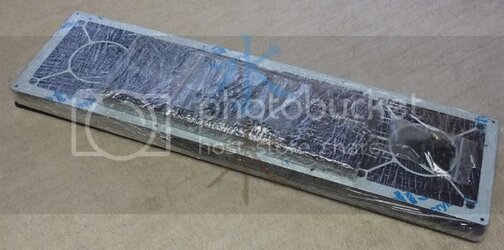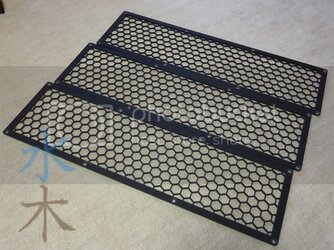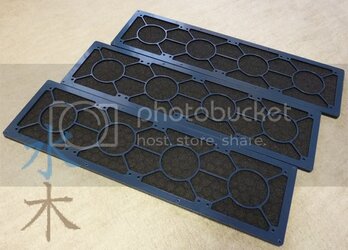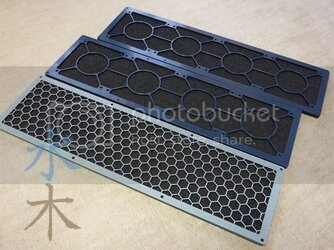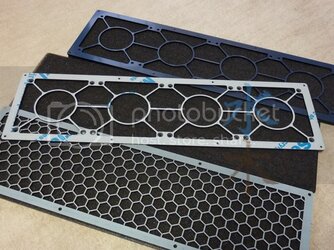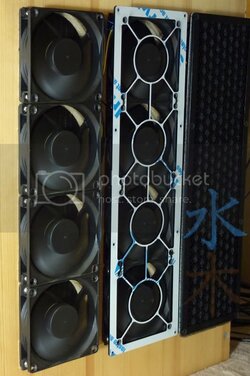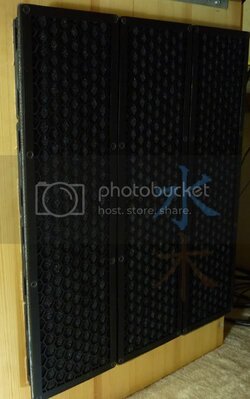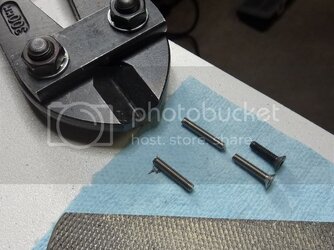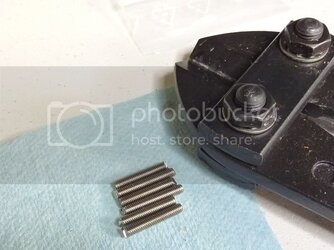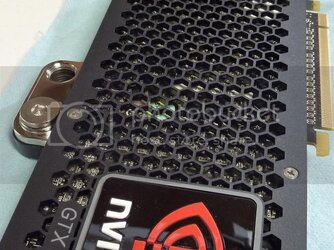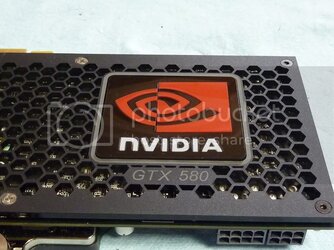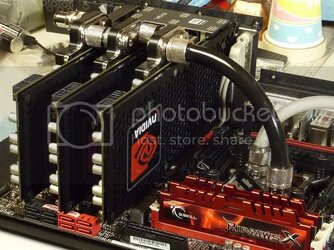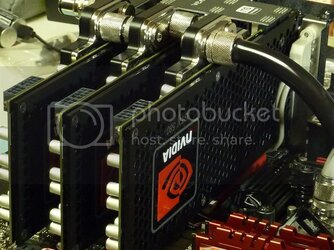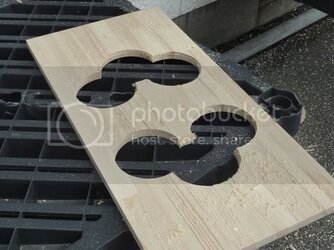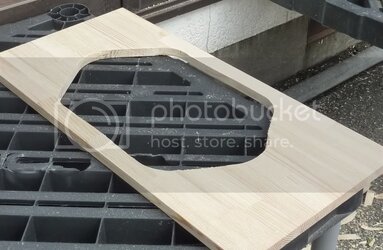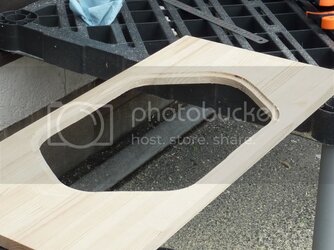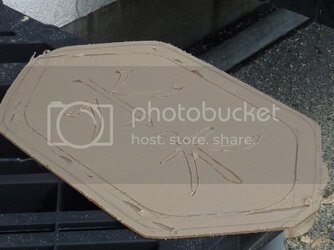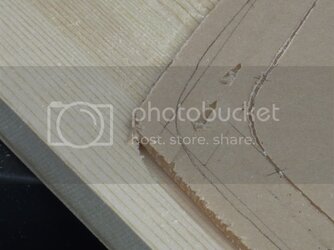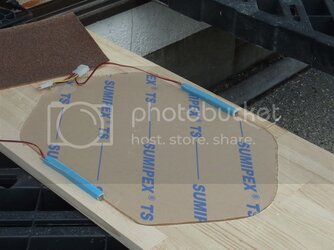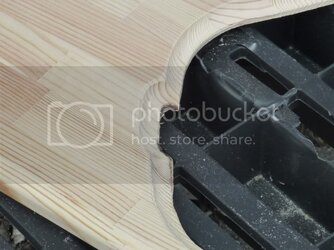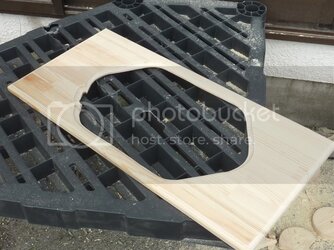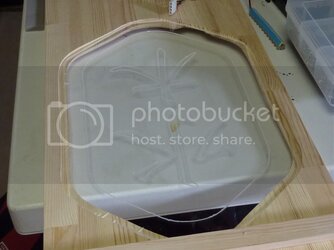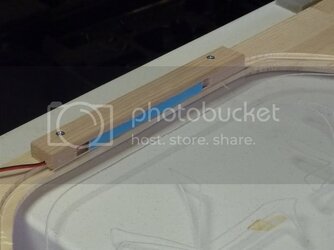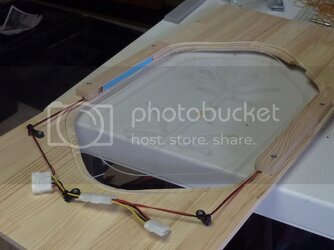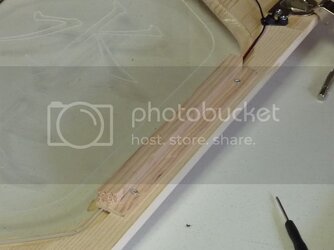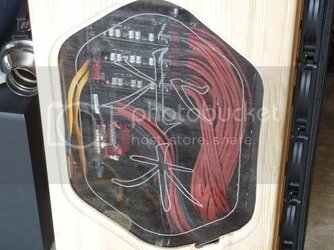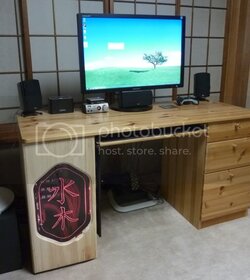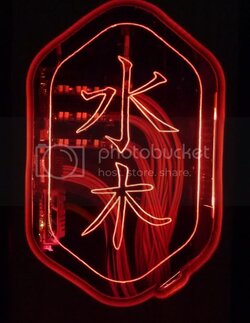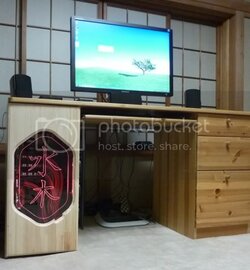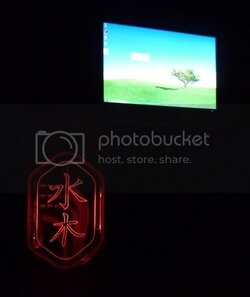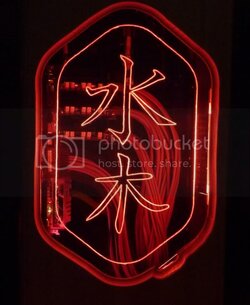- Joined
- Sep 15, 2007
- Location
- Small town Emlenton, PA
Rethreading a hole is pretty easy. Since your JP, you should be able to get a 4mm tap. It's wide enough that it will make nice new threads.
Except you mention 6/32. 32 is the threads per inch. 10/24 is the usual small thread rough thread per inch. 32 is the fine pitch.
I remember reading more than once that a xx mm size works just like a 6/32. It messes the threads up a teeny bit, works fine on rads and other thin soft metals. As long as it's not something that needs redone all the time.
Since your a modder, you should look into a small tap set of metric and inches. It will help in the long run.
Love your work, your pics.
Except you mention 6/32. 32 is the threads per inch. 10/24 is the usual small thread rough thread per inch. 32 is the fine pitch.
I remember reading more than once that a xx mm size works just like a 6/32. It messes the threads up a teeny bit, works fine on rads and other thin soft metals. As long as it's not something that needs redone all the time.
Since your a modder, you should look into a small tap set of metric and inches. It will help in the long run.
Love your work, your pics.



 My thoughts on that are that because the 35X is pushing variable flow (I have its speed temp controlled by the mobo's PWM circuit to vary between 40 and 50%), and the 10W pump speed is static, any chance of an air bubble forming is really minimized. If one did form when I first hooked it up it would have been short lived me thinks, due to the varying inlet pressure. Secondly, I think I would be able to check and see if the 10W pump had an air bubble by disconnecting the 35X while in operation, in which case flow would virtually cease, right? This is something I've done, and my flow stays about the same, indicating the water is flowing correctly to the 10W pump inlet (no air bubbles), right?
My thoughts on that are that because the 35X is pushing variable flow (I have its speed temp controlled by the mobo's PWM circuit to vary between 40 and 50%), and the 10W pump speed is static, any chance of an air bubble forming is really minimized. If one did form when I first hooked it up it would have been short lived me thinks, due to the varying inlet pressure. Secondly, I think I would be able to check and see if the 10W pump had an air bubble by disconnecting the 35X while in operation, in which case flow would virtually cease, right? This is something I've done, and my flow stays about the same, indicating the water is flowing correctly to the 10W pump inlet (no air bubbles), right?


